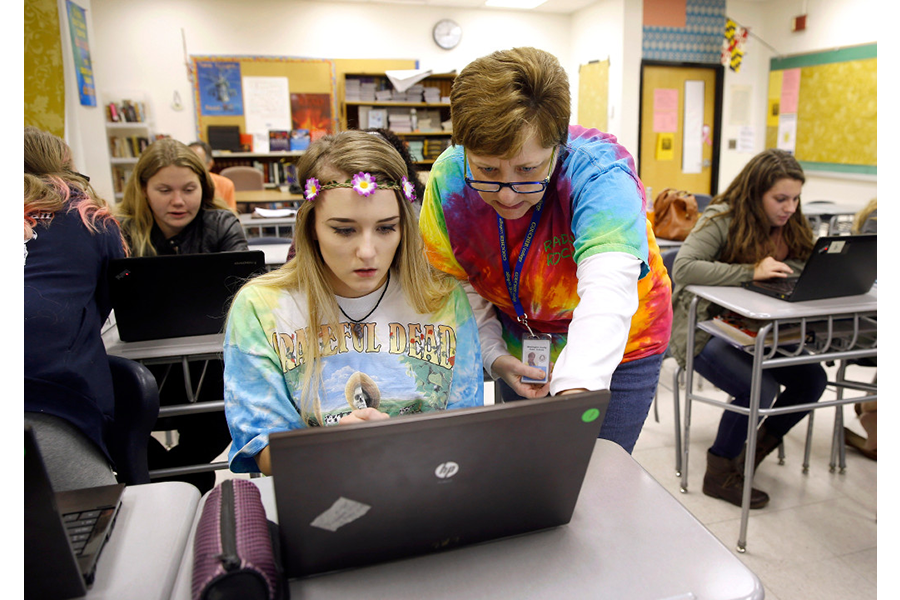Many teens can't tell real news from fake, study finds
Loading...
Despite growing up in an era where information is increasingly present and accessible, many young people have little idea how to determine the validity of news online.
A Stanford University study found that some 82 percent of middle-school aged students couldn’t tell the difference between “sponsored content” and an actual news story on a website, with many students automatically trusting tweets containing details and photos rather than evaluating the actual source, according to The Wall Street Journal. The staggering finding echoes concerns that many educators and parents have voiced about how young people absorb information online.
Some social media sites are taking steps to crack down on fake news after receiving harsh criticism for allowing stories with fraudulent information regarding the election to circulate on their services. Facebook chief executive officer Mark Zuckerberg previously said that his social media site was meant to serve as a technology company rather than a media one, but the service’s unexpected, and growing, role in news distribution has caused that idea to shift.
"While the percentage of misinformation is relatively small, we have much more work ahead on our roadmap," Mr. Zuckerberg said in a statement last week. “A lot of misinformation is driven by financially motivated spam. We're looking into disrupting the economics with ads policies like the one we announced earlier this week , and better ad farm detection."
Contrary to Zuckerberg's characterisation of the misinformation disseminated through Facebook as "relatively small," a BuzzFeed news investigation found that fake news outperformed and generated more engagement on Facebook in the final three months of the election than major news outlets.
Teen's fluency in social media, it seems, does not make them any better at ferreting out fake news, the Stanford study found.
"Many people assume that because young people are fluent in social media they are equally perceptive about what they find there," said in a press release. "Our work shows the opposite to be true."
The study surveyed 7,804 students in middle school, high school, and college from 12 different states. While middle schoolers seemed to have the hardest time deciphering information, the study also found that four in 10 high-school aged students trusted the headline above a photo on a photo-sharing site as a fact, despite not having any information about where the photo was taken.
Schools are increasingly shifting their focus to teach media literacy, but a dwindling number of librarians at schools across the nation have left some without resources and education in smart research tactics. Today, 88 percent of 18 year olds get their news from social media sites, making the need for a clear eye when browsing internet information more needed than ever.
For many, tackling false information on the internet and educating others in media literacy is a group effort that could take time.
"What I’ve seen is a lot of people compiling lists of fake news sources, and actively asking their friends on social media not to share news from those sources," Aram Sinnreich, professor at American University’s School of Communication in Washington, D.C., previously told The Christian Science Monitor. "What little solace and tactical benefit there is to be found is in building webs of trust. Communities of shared trust where there’s a tacit agreement only to share verifiable information."








